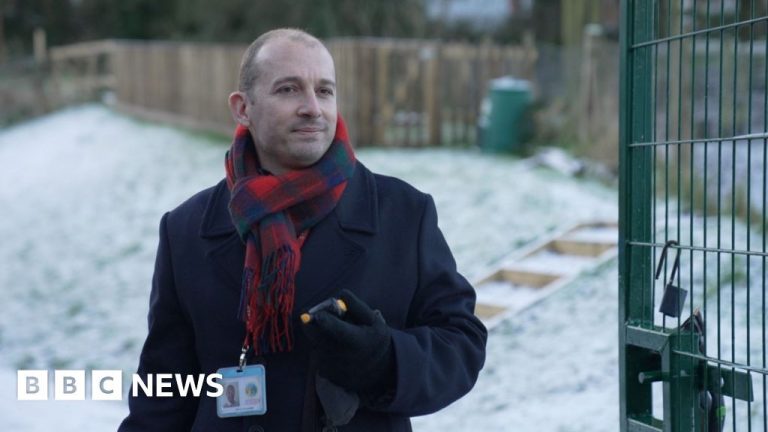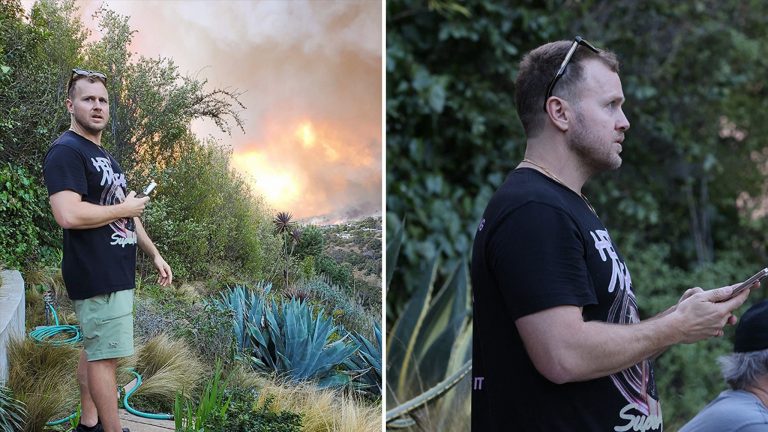
Dubai, United Arab Emirates, January 2nd, 2025, Chainwire
Pump AI aims to be a major driving force for adopting Meteora via its advanced AI-powered token generation ecosystem. The protocol enables anyone to create, manage, and issue tokens with a few AI prompts. This approach eliminates technical roadblocks like coding and blockchain adoption. Similar to what Virtuals and Pump Fun have already accomplished.
Pump AI Has Major Backers and Integrations
Industry leaders support Pump AI. The protocol has secured backing from Meteora, Ape Terminal, M3M3, and Cherry so far. Additionally, the project works directly with multiple bots including Photon, Maestro, and Banana Gun. These partnerships ensure new user flow.
Pump AI is the New Meta for Token Launches
Pump AI is the first and only AI-powered launchpad in the Meteora ecosystem. This liquidity layer for Solana has 300K+ active users and has helped the network expand its performance and developer community. Notably, Meteora is more than just integrating Pump AI, it’s one of its main backers.
Due to this positioning, Meteora will help funnel its hundreds of thousands of daily users to Pump AI. This user flow will operate similarly to how PumpFun drew users from Raydium. The support from Meteora will drastically lower the average per-user acquisition cost for Pump AI and provide Pump AI with a major user catalyst and on-ramp.
Pump AI is a Bonding Curve Launchpad
Pump AI provides additional features for new projects seeking to enter the market. For one, it has variable bonding curves, or set marketcaps needed to open on Meteora. This structure allows token issuers to determine a preset value for their pool to hit before going live on the Meteora exchange. Notably, Pump AI can handle thousands of token launches, potentially equaling hundreds of millions in fees generated daily.
Pump AI Leverages Meteroa’s DLMM and M3M3’s Staking Tech
Pump AI integrates Meteora’s unique DLMM system for potential liquidity. The system pays out rewards generated from slippage and spreads derived from token liquidity.
Additionally, the M3M3 stake-to-earn protocol rewards namecoin stakers for their potential liquidity and encourages long-term staking.
What’s Next for Pump AI
Pump AI plans to accelerate development and expand its ecosystem. Key upcoming milestones include its Token Generation Event, the release of the AI powered Launchpad, partnerships with more industry leaders, and collaborations with AI developers across the tech space.
$PUMPAI Token has Multiple Streams of Value
$PUMPAI is a versatile digital asset that operates as the main utility and rewards token for the ecosystem. Notably, trading fees from Pump AI go towards buybacks that get added to treasure troves. This strategy allows stakers to secure Pump Points, granting access to treasure troves containing $PUMAI tokens.
Additionally, Pump AI will use a portion of all fees collected on the platform to buy back and burn $PUMPAI tokens.
About Pump AI
Pump AI is a leading Bonding Curve (set marketcap) Launchpad on the Meteora ecosystem, enabling projects to launch with customizable curves, high-throughput capacity, and integrations with Meteora’s advanced DLMM for optimized liquidity and user incentives.
Pump AI leverages M3M3 staking technology to allow projects to easily enable staking and LP farming on Meteora’s DLMM. Meteora’s DLMM system allows people to earn $SOL rewards from the liquidity around their token as long as it’s paired with $SOL.
Website: https://PumpAI.ag/
Twitter: https://x.com/pumpdotai
Telegram: https://t.me/PumpdotAI
ContactFounderMuhammad AliPump AIsupport@pumpai.ag
Disclaimer: This is a sponsored press release and is for informational purposes only. It does not reflect the views of Crypto Daily, nor is it intended to be used as legal, tax, investment, or financial advice.





















+ There are no comments
Add yours